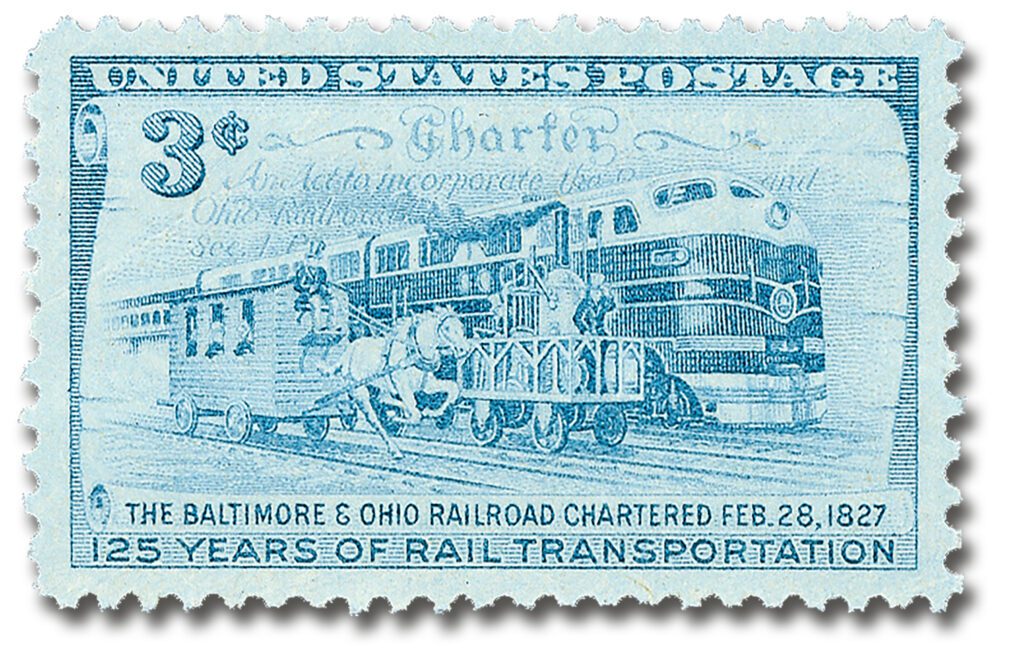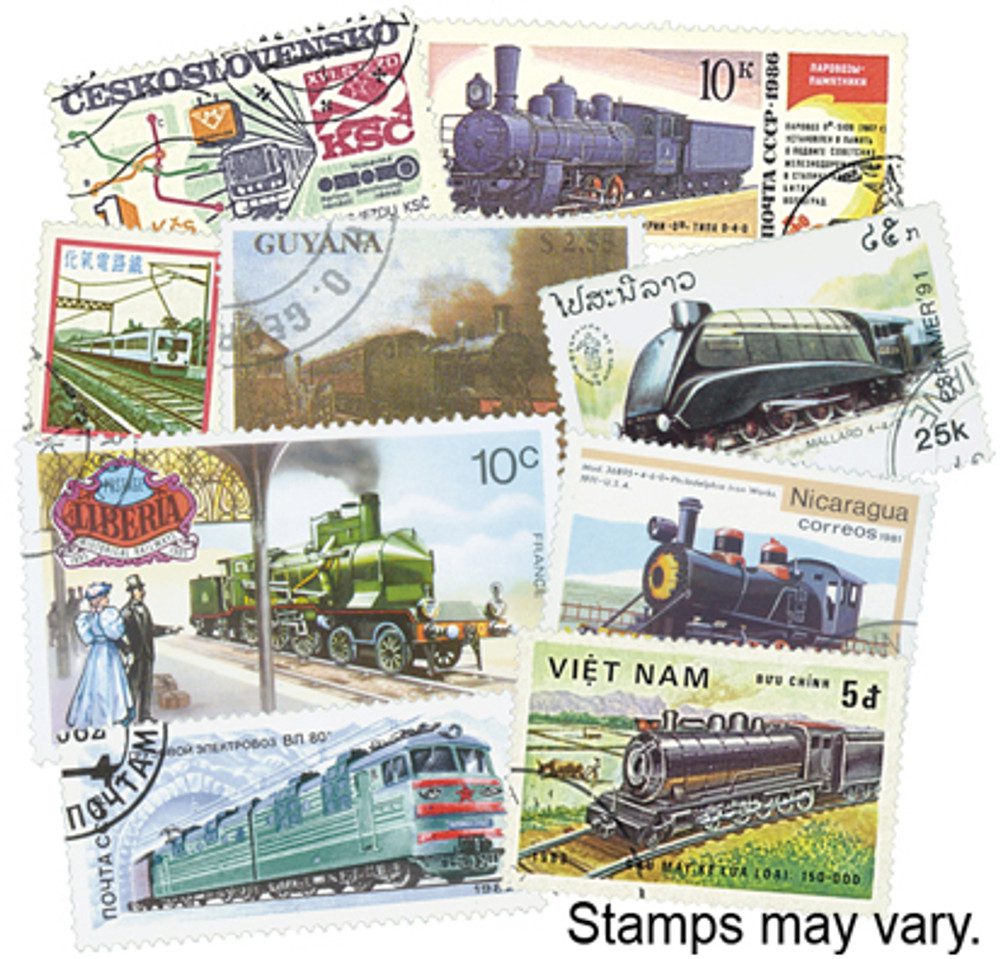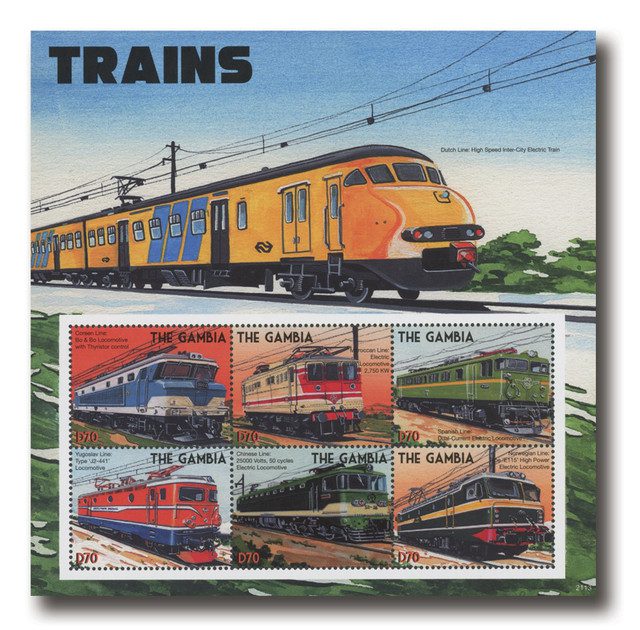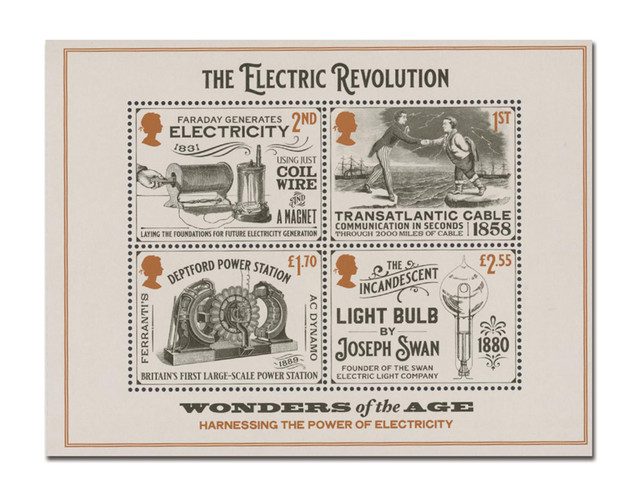On June 27, 1895, the Baltimore and Ohio Railroad’s Royal Blue became the first US passenger service to use electric locomotives, signaling a new era of modern rail travel. Running from Washington, DC, to New York City, the train combined speed, comfort, and cutting-edge technology.
The journey to this historic moment had been years in the making. Founded in 1827, the Baltimore and Ohio (B&O) Railroad was a pioneer in American railroading, connecting cities and fostering commerce. By the late 19th century, competition among railroads was fierce, particularly for passenger service between Washington, DC, and New York. Steam locomotives ruled the rails, but they were noisy, smoky, and increasingly impractical in urban areas. Electrification offered a cleaner, quieter alternative, and the B&O was determined to lead the charge.
The Royal Blue was a marvel of engineering and ambition. The train’s electric locomotives, powered by overhead wires, handled the most challenging section of the journey: the Howard Street Tunnel in Baltimore. This tunnel had long been a bottleneck, with steam engines filling it with thick, choking smoke. The new electric engines, designed by General Electric, transformed the experience, gliding through the tunnel with unprecedented ease.
The inaugural run of the Royal Blue on June 27, 1895, was more than a technical achievement; it was a spectacle. Crowds gathered at stations along the route to catch a glimpse of the elegant train, adorned in its namesake royal blue color. Inside, passengers were treated to an experience befitting royalty, with plush seats, polished wood paneling, and fine dining. The train combined speed, comfort, and cutting-edge technology, redefining expectations for rail travel.
The success of the Royal Blue didn’t happen in isolation. It reflected broader trends in American society at the turn of the century. Cities were growing, and the demand for efficient transportation was skyrocketing. The electrification of railroads dovetailed with the rise of electric streetcars, the expansion of urban subways, and innovations in electric power generation and distribution. Together, these developments reshaped the way Americans lived, worked, and traveled.
The Royal Blue’s impact was immediate and lasting. Other railroads quickly followed suit, adopting electric locomotives for urban and suburban routes. The shift also paved the way for further electrification in the 20th century, including the iconic Pennsylvania Railroad’s Northeast Corridor. Meanwhile, the B&O’s investment in luxury and innovation helped solidify its reputation as one of America’s premier railroads.
Despite its groundbreaking achievements, the Royal Blue faced challenges in the decades ahead. The rise of automobiles and airplanes gradually eroded passenger rail’s dominance, and by the mid-20th century, the golden age of rail travel was a distant memory. Yet the legacy of the Royal Blue endures, a testament to the vision and determination that propelled American railroading into the modern age.
Today, as high-speed trains and sustainable transportation take center stage, the story of the Royal Blue serves as a reminder of the transformative power of innovation. In its time, the train was more than a mode of transportation; it was a symbol of progress, a beacon of what was possible when technology and ambition converged. Over a century later, its inaugural run remains a milestone in the history of American railroads, an electric moment that continues to inspire.
Click here to view the B&O Railroad’s Book of the Royal Blue. (Page may take a while to load as the files are large)
| FREE printable This Day in History album pages Download a PDF of today’s article. Get a binder or other supplies to create your This Day in History album. |
Discover what else happened on This Day in History.







How very odd. As a child, I was dismayed to see the first electric locomotive pull into the station. But at was not the 1800s. It was the 1950s. This was not a dream. I had used electrified trolleys. I am gobsmacked.